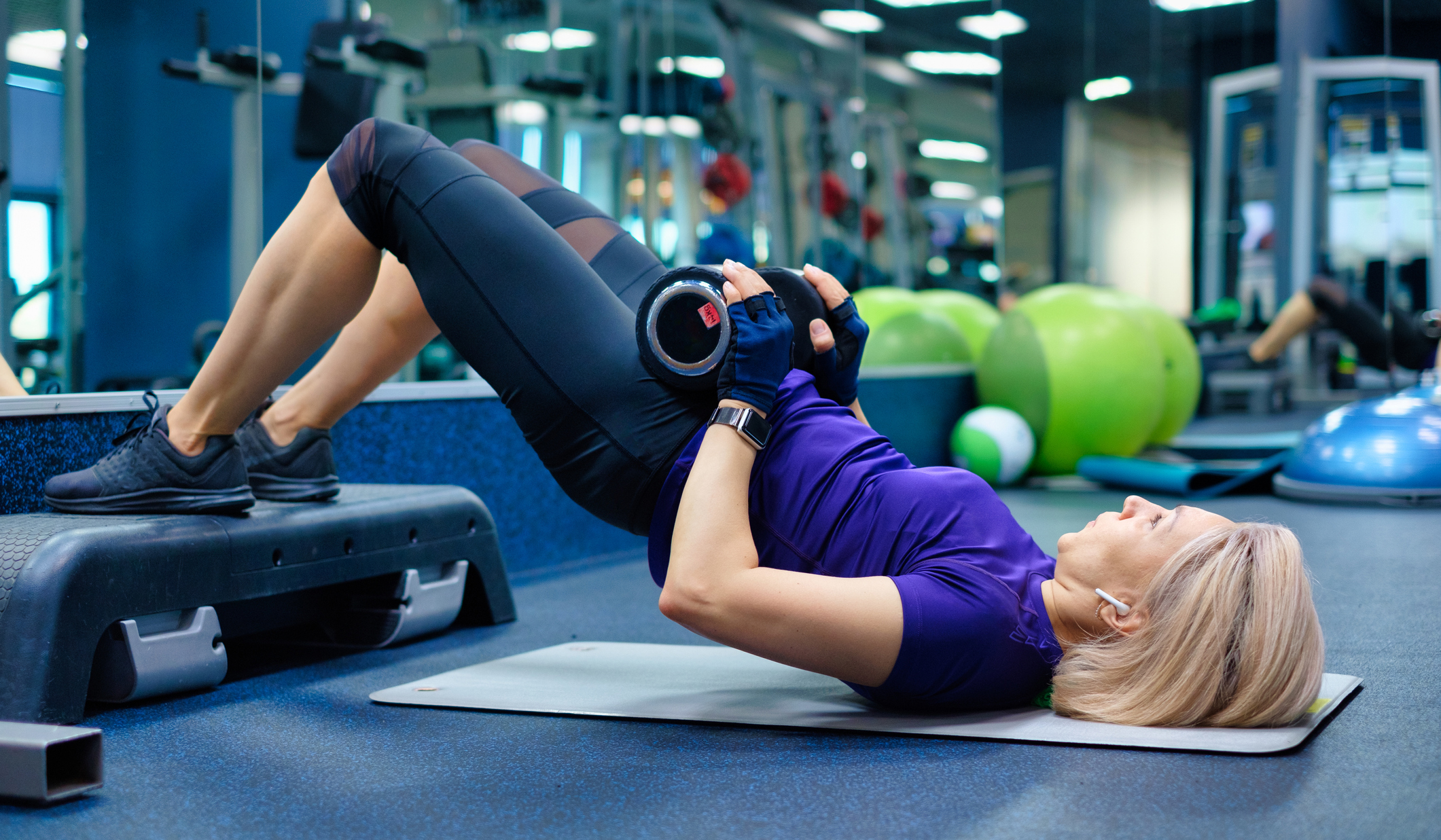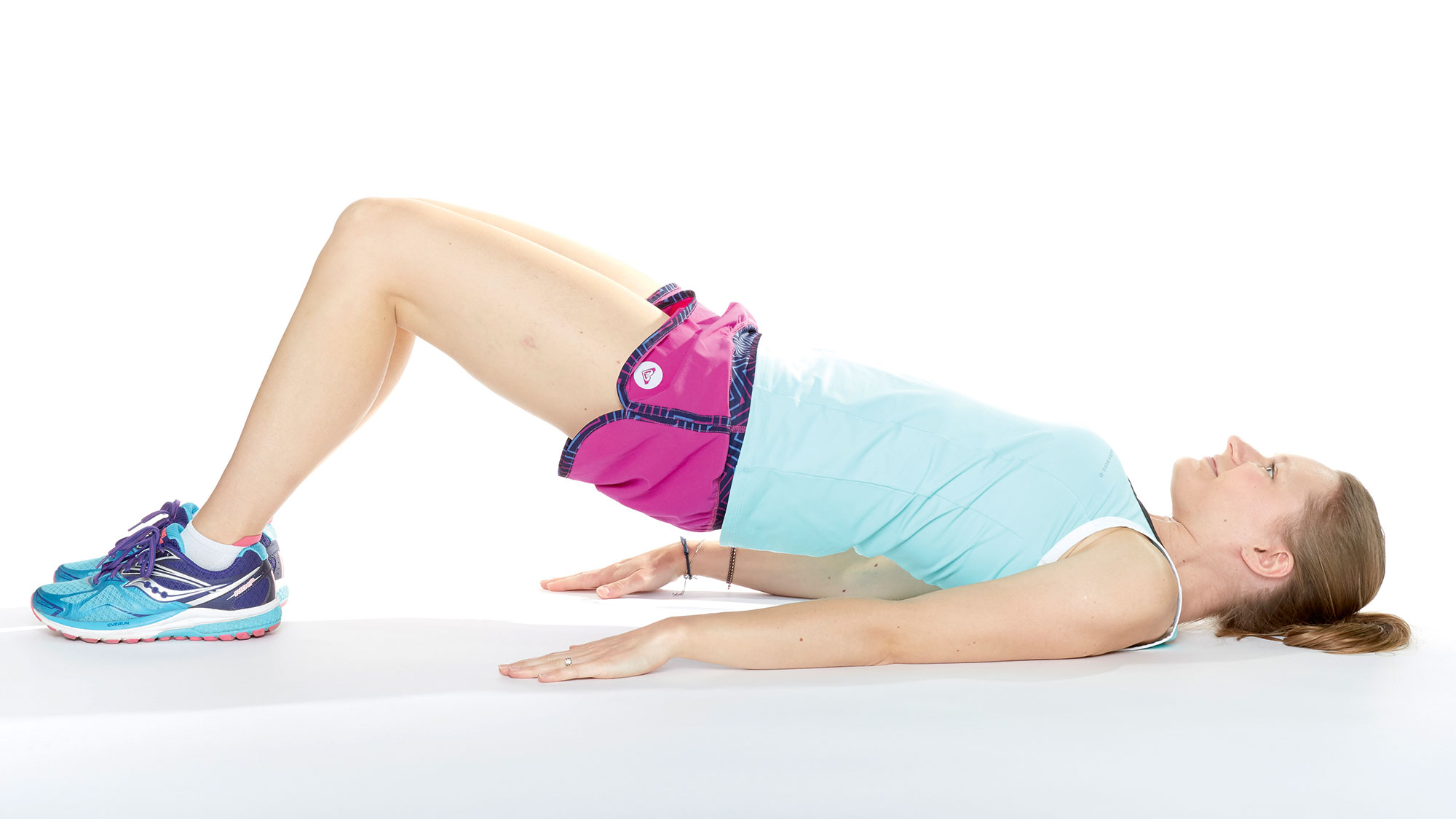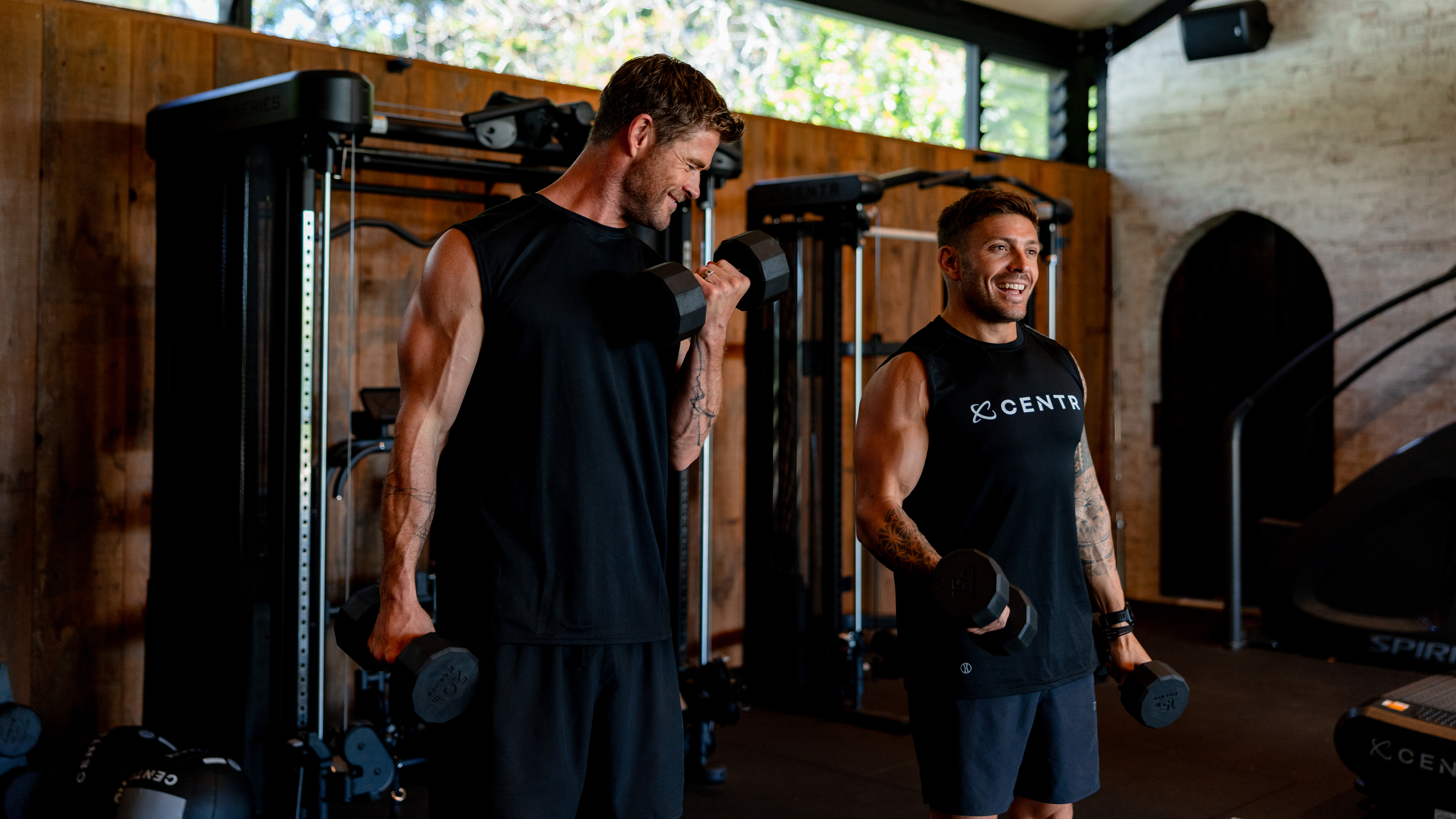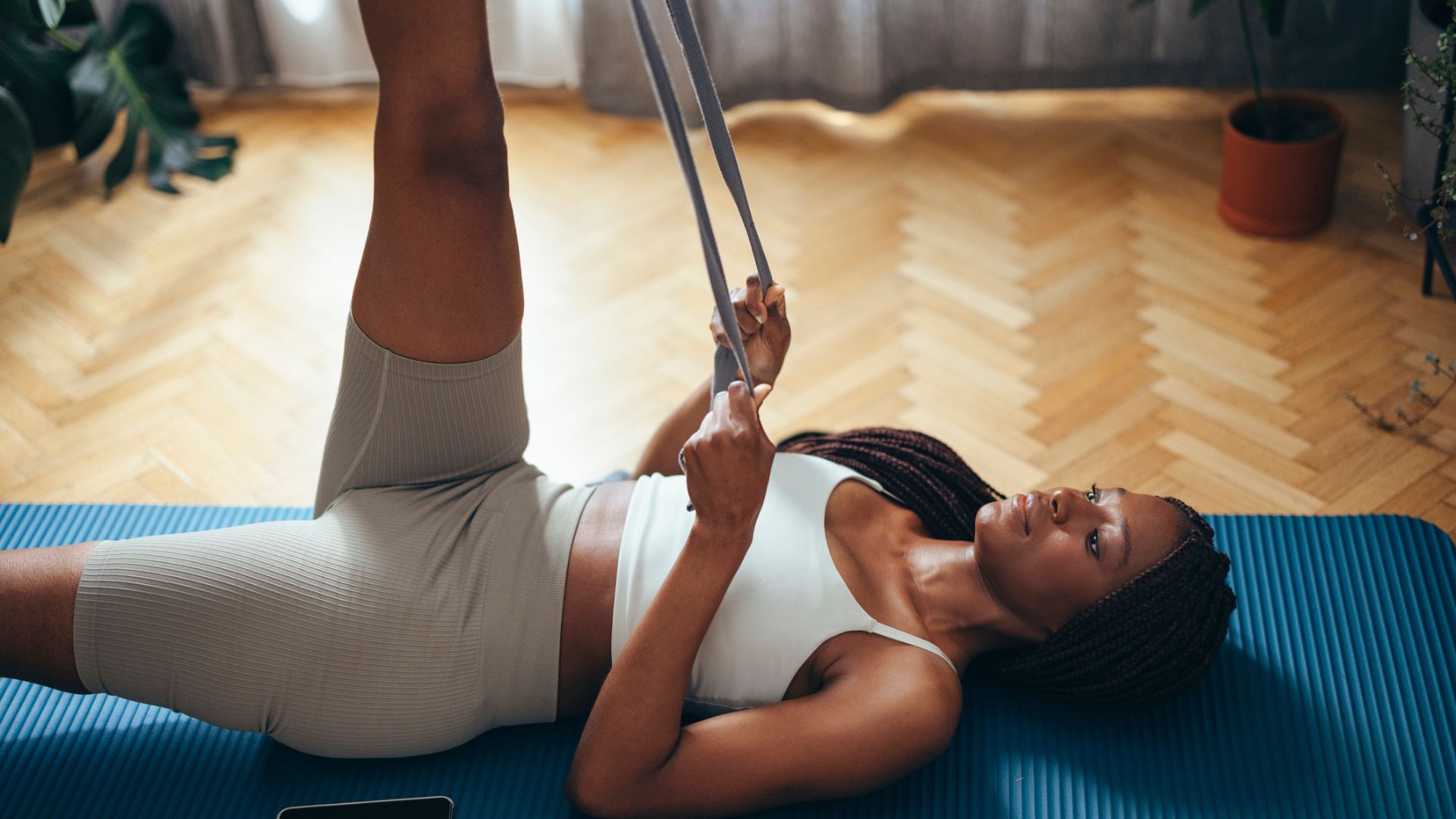How a few minutes of hip thrusts every day can undo the damage of sitting down
Hip thrusts are easy to do and engage your glutes, quads and hip extension muscles, perfect for a sedentary lifestyle


More of us are living a sedentary lifestyle than ever before, thanks to the COVID-19 pandemic. Many of us have pivoted to working from home and others have lost their employment, which means some people's daily commute – sometimes the only exercise we get all day – has become a thing of the past.
Although we want to avoid catching and spreading COVID, this increase in sedentary living habits is damaging our health in a different way. A study by researchers from the University of Illinois found "the evidence linking a significantly higher increased risk for chronic disease if you are physically inactive and lead a sedentary lifestyle is beyond dispute", with obesity, cardiovascular disease and even mental health disorders becoming more prevalent in people with a sedentary life.
The best office chair can do much to help you maintain the correct posture while at your desk (and we strongly suggest perusing our guide, if you haven't already), but only activity can ward off the damage of chronic sitting.
There's lots of ways to undo the damage of a sedentary lifestyle. Running, for example, gets you off the chair and out into nature, pumping those legs. All you need is a pair of the best running shoes for men or best running shoes for women – and, of course, an hour or so of your time. However, you can work on the damage of sitting down too much in just a few minutes a day by doing this underrated move: hip thrusts.
How to do a hip thrust

- Lie face up on the floor, knees bent and feet flat on floor.
- Engage the core and glutes, then press your heels into the floor and drive your hips upwards. Make sure you don't arch your chest.
- Pause at the top, squeeze glutes and lower back down.
Why do hip thrusts?
Hip thrusts, whether done with no additional weight, with a dumbbell, your best kettlebell or with a barbell in the gym, confer all sorts of benefits perfect for undoing the damage of sitting down. For one, "the mechanics of [hip thrusts] favor greater activation of the hip extensor muscles compared to more conventional exercises" according to a study published in the Journal of Sports Science and Medicine.
Inactivity and long periods of sitting causes an imbalance in your hip muscles, according to the American Council on Exercise, as the muscle eventually "lacks the necessary flexibility and elasticity to allow for smooth and efficient movement". Imagine the shuffle of an elderly person, unable to move their feet to a full stride, and you get the idea. An exercise which boosts hip flexibility offers an ideal solution.
In addition, hip thrusts work your quadriceps, core, lower back and glute muscles. Your legs and "trunk" of your body are inactive while sitting, so ensuring these muscles are adequately engaged during the day is an absolute must. Try three 30-second sets of hip thrusts at the start of the day to get those muscles firing, or you could do one better and take on our 30-day booty workout challenge.
Get the Fit&Well Newsletter
Start your week with achievable workout ideas, health tips and wellbeing advice in your inbox.
Matt Evans is an experienced health and fitness journalist and is currently Fitness and Wellbeing Editor at TechRadar, covering all things exercise and nutrition on Fit&Well's tech-focused sister site. Matt originally discovered exercise through martial arts: he holds a black belt in Karate and remains a keen runner, gym-goer, and infrequent yogi. His top fitness tip? Stretch.
-
 Build blockbuster arms and abs with Chris Hemsworth's go-to dumbbell circuit
Build blockbuster arms and abs with Chris Hemsworth's go-to dumbbell circuitAll you need are adjustable dumbbells and 20 minutes
By Sam Rider Published
-
 Forget crunches—if I wanted to improve core strength I'd do this neck-friendly Pilates workout
Forget crunches—if I wanted to improve core strength I'd do this neck-friendly Pilates workoutAnd it takes just five minutes
By Maddy Biddulph Published